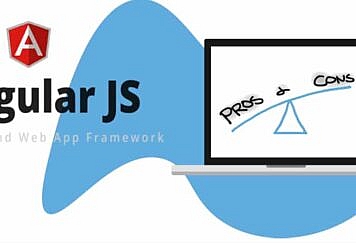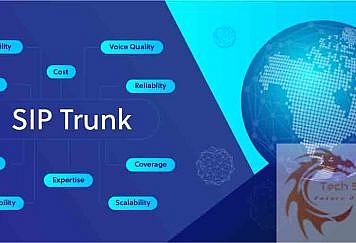The world is increasingly becoming digitized. To capture a larger market share, businesses must keep up with the trend. Online payment systems are one of the ways companies can stay ahead of the curve. Integrating the right online payment system into your business website or application can boost sales and ROI. We all know that a bad payment experience can cause customers to abandon their shopping carts and businesses to lose out on revenue.
Gone are the days when businesses could get by with the traditional methods of payments such as cash and checks. With the advent of technology, various online payment options are now available, making it easier and faster for customers to make purchases.
Businesses that have not yet integrated an online payment system into their websites or applications are disadvantaged. An online payment app can make it easier for customers to make purchases and help businesses streamline their payments, save on transaction fees, and get paid faster. If you want to develop an online payment application, then this article is for you. Let’s look at what you need to do to develop an online payment application.
Put Your Requirements Together
The first step is to put together your requirements. It would help to decide what features you want in your online payment application. Do you want a simple one that allows customers to make payments? Or do you like something more complex to enable businesses to track their payments, send invoices, and so on?
There are 4 different payment platforms: a standalone platform, a bank-centric system, a social media-centric system, and a mobile OS-focused system. Your research will help you decide which system is best for your business. Try to get feedback from your target market as well. Find out what they want in an online payment application. This will help you create a user-friendly and attractive application that meets your customers’ needs.
Research and Select the Right Payment Gateway
Once you know what features you want in your online payment application, the next step is to research and select the right payment gateway. A payment gateway is a service that helps businesses accept payments online. It acts as a middleman between the merchant and the customer’s bank, ensuring all the information is transmitted securely.
When selecting a payment gateway, you need to consider some factors. Make sure to check the fees charged by the payment gateway. Some charge a flat fee per transaction, while others charge a percentage of the total amount. Security is another crucial factor to consider.
Choose a payment gateway that offers high levels of security, such as SSL encryption. You also want to ensure that the payment gateway is compatible with your website or application platform.
Validate Regulation Compliance
After you’ve selected a payment gateway, the next step is to validate regulation compliance. Regarding online payments, several regulations, such as the Payment Card Industry Data Security Standard (PCI DSS). To accept, process, and store credit card information, businesses must follow security standards.
Make sure your payment gateway is PCI DSS compliant to avoid legal issues. You must comply with the Know Your Customer (KYC) guidelines for peer-to-peer payment apps. Usually, this involves verifying the customer’s identity and ensuring they are not on any blacklist.
Design UI And UX To Increase Conversions
Your payment app’s UI and UX will play a significant role in its success. People will be less likely to use it if your app is difficult to use or doesn’t look good. Ensure the overall design is user-friendly and that all the features are easy to find and use. Also, consider adding some incentives for using your app.
For example, you could offer cash back or discounts on future purchases. You can get creative with this and make your app stand out from the competition. You can also get feedback from potential users to see what they think about your app’s design. Digital wallet offering companies like Apple Pay and Google Pay have succeeded greatly with their simplified design and user-friendly interface.
Hire Developers To Build The App
After you have designed your payment app, it’s time to start building it. You will need to hire developers who are experienced in creating such applications. They will be able to turn your ideas into reality and create an app that meets all your requirements.
It is essential to find developers who you can trust and who have a good track record. You can get recommendations from people you know or look for reviews online. Don’t choose the first developer you come across. Take your time to find the right one who will do a good job. Check their portfolios and read reviews before making your decision.
Find A CTO/Technical Co-Founder
If you are not a technical person yourself, then you will need to find someone who is. This person will be responsible for the technical aspects of the app and will make sure that it is built correctly.
They will also be able to provide advice on which technologies to use. It is essential to find someone with the right skills and experience. They should also be someone you can trust and who shares your vision for the app.
Launch, Feedback, and Improve
Once the app is built, it’s time to launch it. This is where the real work begins. You will need to promote the app and get people to use it. It is essential to get feedback from users to improve the app. You will also need to generate revenue from the app.
There are many ways to do this, such as charging for downloads, in-app purchases, or advertisements. Process any feedback you receive and make changes to the app accordingly. Always be open to new ideas and willing to improve the app. If you do this, then your app will be successful.
Follow Techstrange for more!





